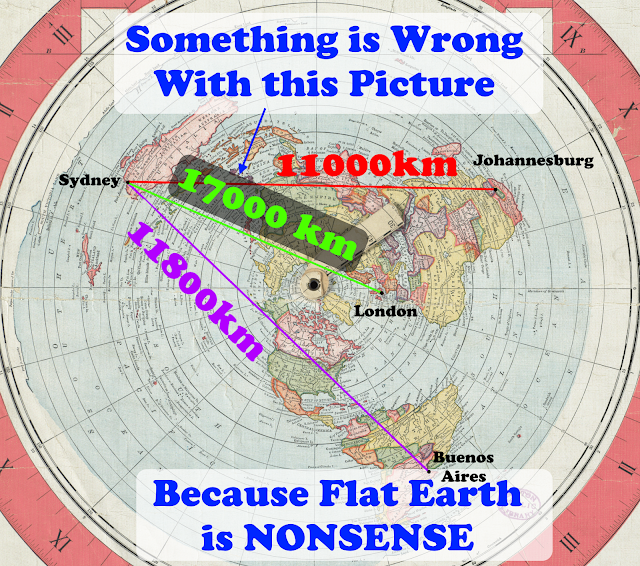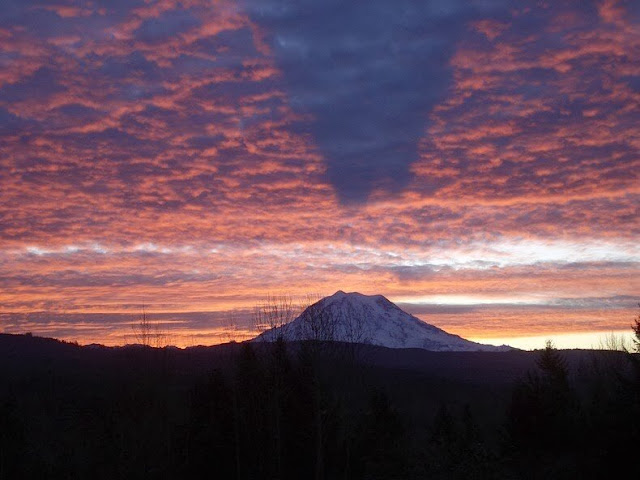Resources on Coriolis forces use in external ballistics
Over and over and over and over and over again the experts tell you that at VERY LONG ranges the Coriolis and Eötvös effects matter and are used in the calculations used to aim ballistic artillery and rifle fire... to deny the VAST body of evidence on the word of some anonymous & unverified source is utterly ridiculous and just shows profound epistemic bias. Application to Long-Range Artillery - Shelling Paris in WW1 Military: THE FIELD ARTILLERY JOURNAL (1918) Fire Control Fundamentals (287389 O-54-4) Long Range Shooting: External Ballistics – The Coriolis Effect Earth's Curvature and Battleship Gunnery (Blog) US Navy: OP 770 -- RANGE TABLES FOR 16"/50 CALIBER GUN 4DOF™ Ballistic Calculator




